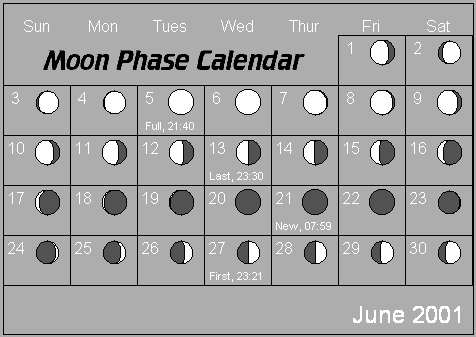

JUNE 2001


JUNE 2001
![[Chaco Volunteers]](chacovolunteers.jpg) |
| This 90 second CCD image of Chaco Culture National Historical Park's astronomy cadre was taken by Carl Frisch with a little help from a waxing crescent moon. In the background is Fadja Butte. From left to right, Brandon Velivis, Gary A. Becker, Samuel Hopkins, Tommy Taylor, Angie Richman, G. B. Cornucopia, Elizabeth Chuchill, and Carl Frisch. |
 |
 |